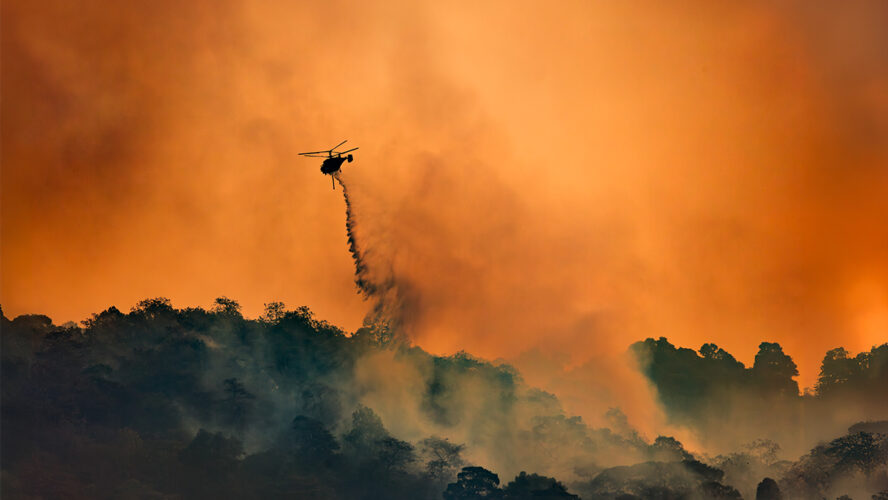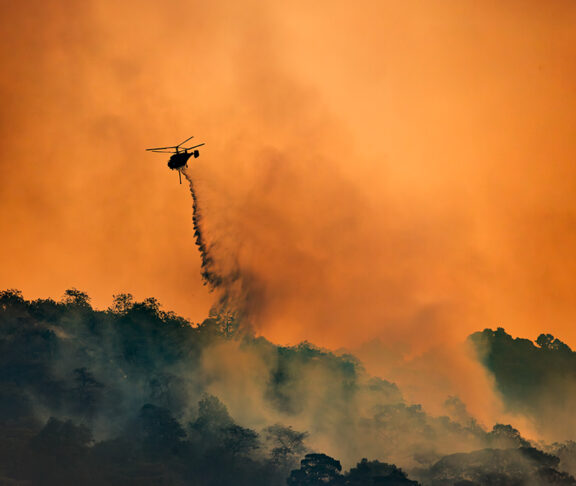Every year, wildfires burn millions of acres across the United States, threatening lives, property, and entire communities. Homeowners play a critical role in reducing the risk long before a wildfire ever ignites.

Michele Steinberg
Wildfire Division Director, National Fire Protection Association (NFPA)
Wildfire risk isn’t just a wilderness issue anymore. Suburban neighborhoods and even some urban areas — as we saw with the devastating wildfires in Los Angeles — are increasingly vulnerable due to development into fire-prone areas and the growing intensity of wildfires. The good news is that there are proven steps homeowners can take to make their homes safer.
At NFPA, we’ve studied wildfire for decades. Our research and partnerships have shown that the most effective way to prevent homes from igniting during a wildfire is to focus on the Home Ignition Zone — the home and the 100 feet around it. Burning embers, not flames, are the leading cause of home ignition, and they can travel miles ahead of a wildfire. That’s why protecting your home against embers matters so much.
Here’s how to get started:
1. Clear the first 5 feet
This area closest to your home (0-5 feet around the structure) is the most important to maintain. Keep it free of flammable vegetation, mulch, firewood stacks, and debris. Use hardscaping like gravel or pavers instead of bark mulch. Clean gutters and roofs regularly to remove leaves and pine needles.
2. Simple maintenance can go a long way
Keep your home in good repair, fixing any holes, broken shingles, or siding. Install metal mesh screens over attic vents, and make sure any attachments like fences or decks are well maintained, made of fire-resistant materials, and free of leaves or other flammable debris. These changes reduce pathways for embers to enter or ignite your home.
3. Maintain the landscape
In the area 5 to 30 feet from around your home, keep grass mowed short and space trees and shrubs to prevent fire from climbing from the ground into the canopy. Prune low tree branches and remove dead vegetation regularly.
4. Interrupt the fire’s path
For the final 30-100 feet from your home, focus on thinning or removing small trees and shrubs. Break up plantings into islands to interrupt a fire’s spread. If your home is on a hill, the area you need to modify may extend as far as 200 feet downslope from your home. This is because fire tends to burn faster uphill.
5. Have an emergency plan
Know your community’s evacuation routes and have a go-bag ready. Practice evacuation drills with your family and sign up for local emergency alerts.
6. Get involved
Join or start a Firewise USA® community in your neighborhood. This NFPA program helps communities work together to reduce wildfire risk. Collaboration is key, because wildfires don’t respect property lines. By taking these practical steps, homeowners can improve their safety and better protect their homes and communities.

